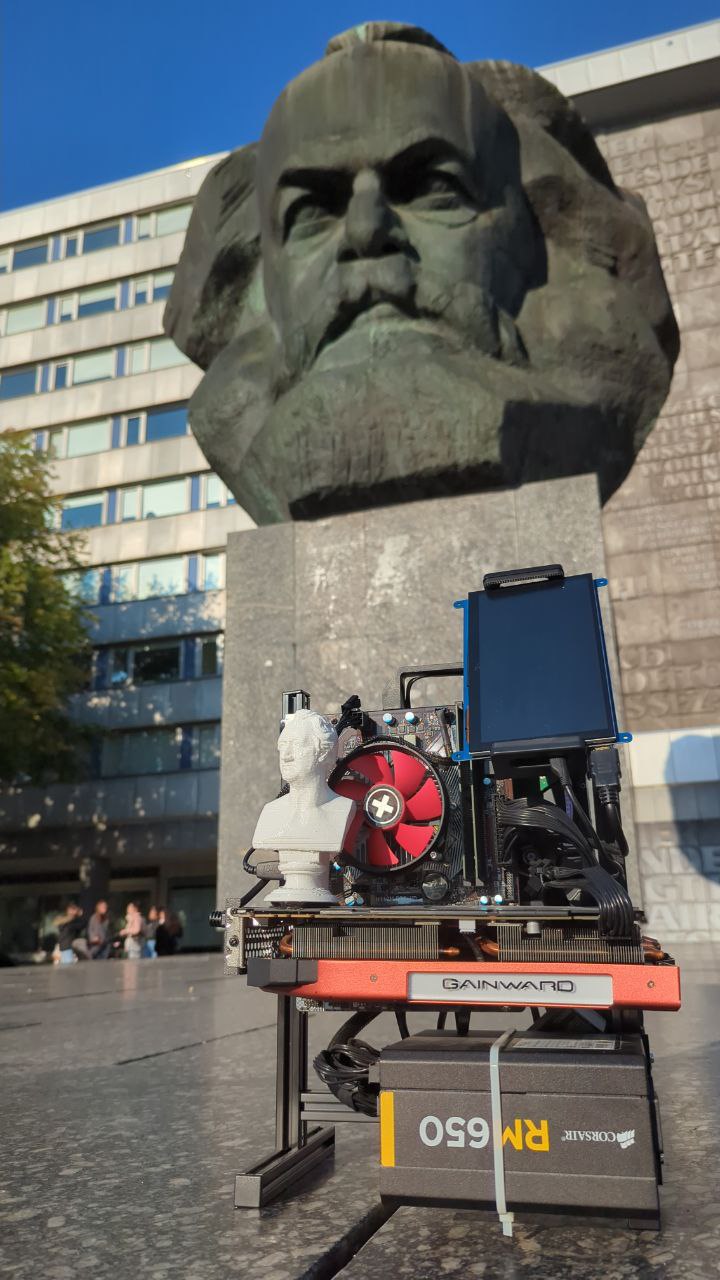GoetheGPT
The revival of the author in the digital age. GoetheGPT as a bridge between classical literature (and literary work) and artificial intelligence.
Since early 2025, a prototype authorial language model based on the culturally sedimented position of Johann Wolfgang von Goethe has existed under the name “GoetheGPT.” What began as a project out of interest in large language models and the innovative use of diverse data sets became the subject of this thesis in the “Semiotics and Multimodal Communication” program at Chemnitz University of Technology. Against the backdrop of scientific debate on issues of digital authorship, artificial consciousness, and the production of meaning by large language models, it has opened up new perspectives on the functionality and scope of the application. After numerous stages of development and insights, a usable interim result has now been achieved that not only generates texts in the style of the poet and thinker, but can also produce new meanings as an interpretable instance in the mode of machine semiosis. As an operational middle ground between historical referentiality and algorithmic generalization, the application moves between philological practice and machine-generated meaning, thereby shifting the concept of authorship from its romantic origins to a rule-based position in the process of meaning formation.

Mehr Details
The uniqueness of the application is based on an inference-based multi-agent system that enables GoetheGPT to form abductive hypotheses , formulate deductive rule-based connection corridors , and consolidate inductively proven meaning structures from primary and secondary sources. The epistemological basis presented here, based on Charles S. Peirce , represents an innovation compared to conventional system architectures, as the production of meaning is reconstructed as rule-guided semiosis along Peirce’s chain of inference (abduction – deduction – induction). The generated meanings appear not as mere stylizations but as reference-secured interpretants with verifiable derivation and historical connectivity. In the course of the digital development of cultural heritage , this creates potential for new interfaces to Goethe’s corpus and enables a dialogical space of interpretation through inference-based, role-stable recontextualization . Furthermore, chains of evidence become visible, variants and competing readings can be curated, and historical registers can not only be cataloged but also applied in practice — illustrating future cultural techniques that expand, rather than replace, philological work.
Projekt B
Ut enim ad minim veniam.